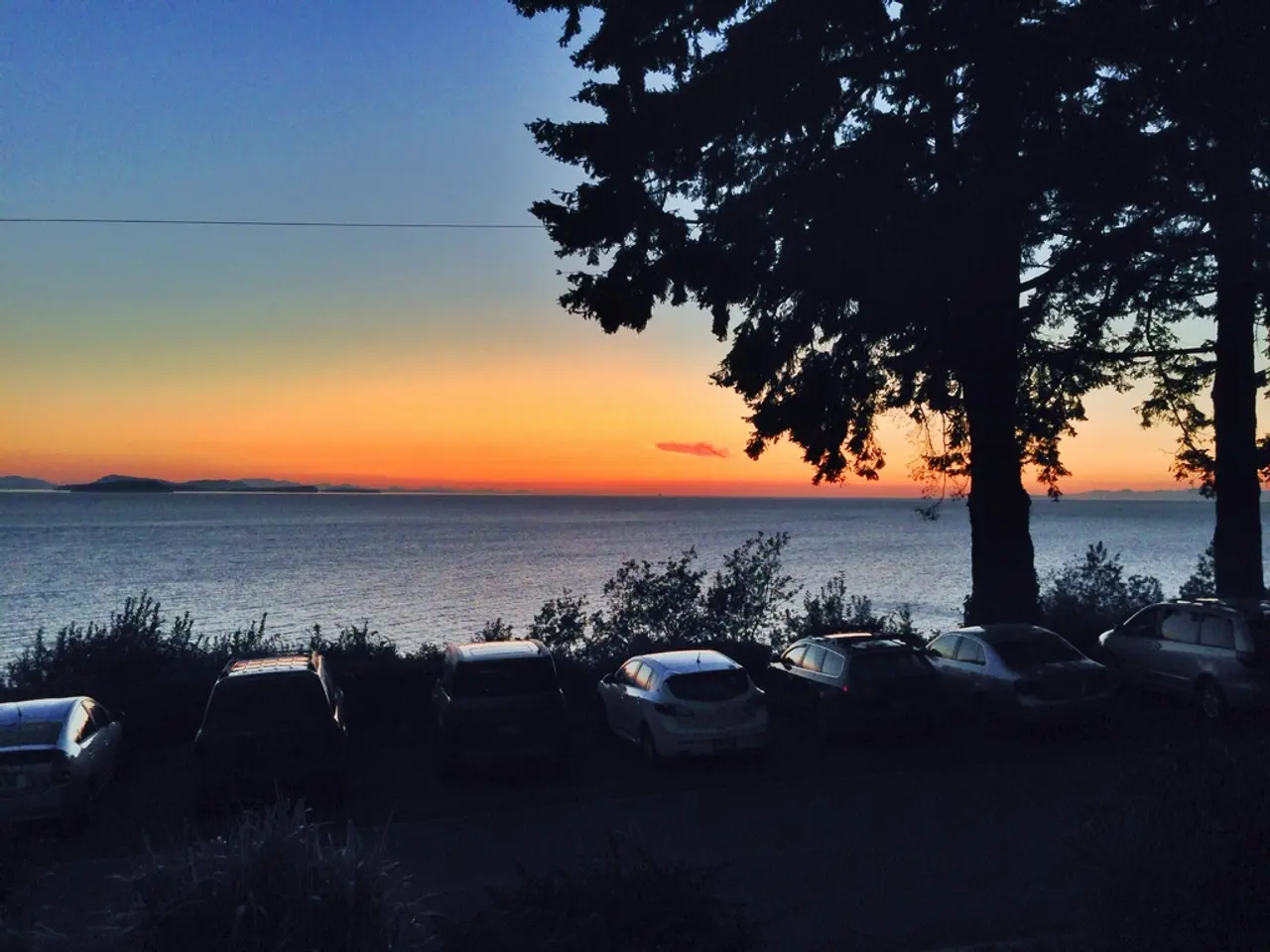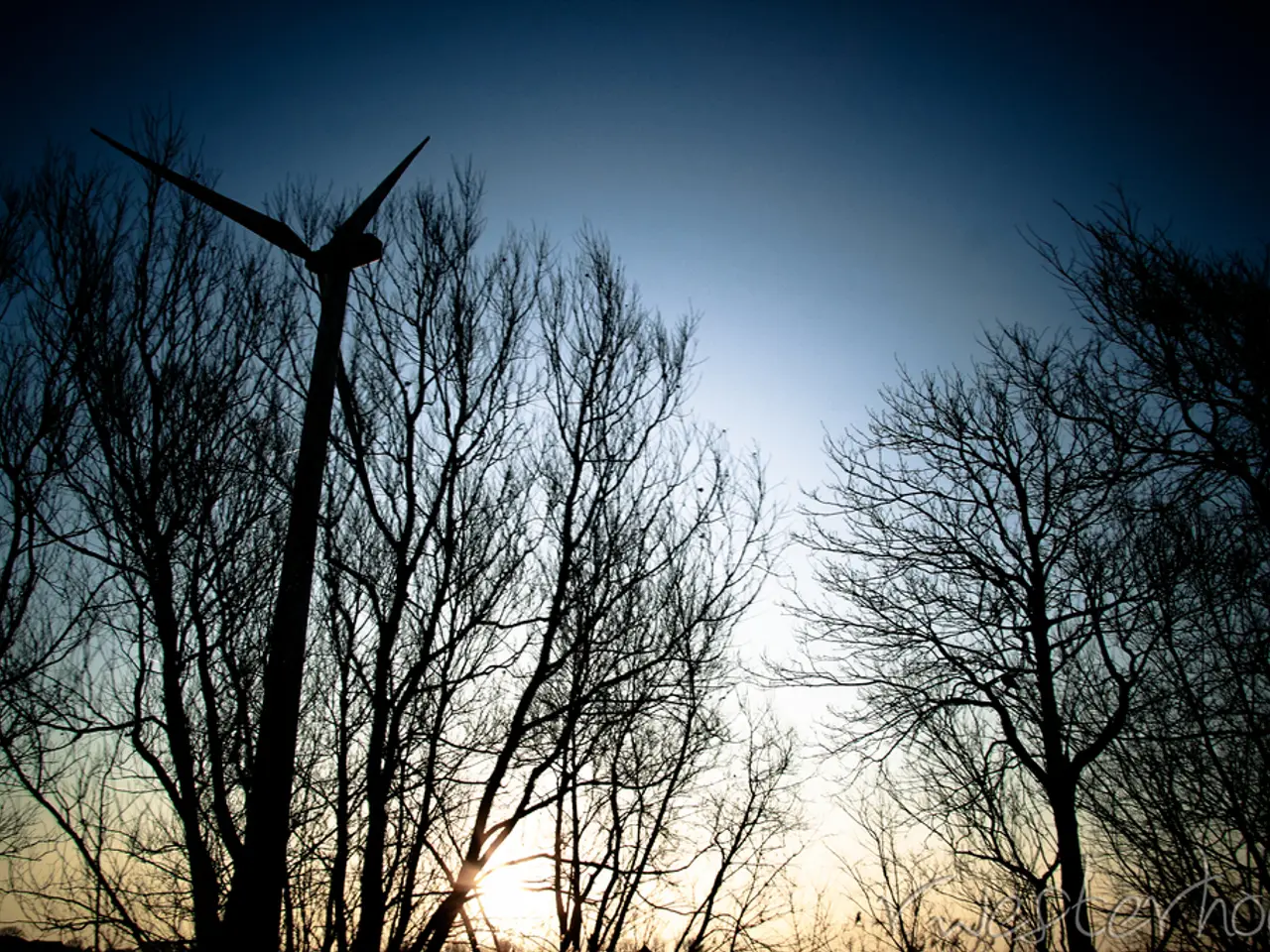Innovative Research Reinforces Practicality of Weather Modification Theory
Stratospheric Aerosol Injection (SAI) is a proposed solar geoengineering method that aims to cool the Earth by injecting sulfate aerosols into the stratosphere, similar to the cooling effects of major volcanic eruptions like Mount Pinatubo (1991). Despite its potential as a low-cost climate change risk-management strategy (estimated at approximately $18 billion annually to deliver 1°C global cooling), SAI remains speculative, with unresolved scientific uncertainties and social risks.
One of the key concerns regarding SAI is its impact on monsoon-dependent economies, such as India, where agriculture and the broader economy heavily rely on the monsoon. Modeling studies indicate that solar geoengineering, including SAI, risks altering monsoon dynamics, which may lead to regional precipitation imbalances and agricultural stress. These regional climate risks present a direct challenge for India’s food security and economic stability.
In terms of global governance, there is currently no international legal framework or comprehensive regulations governing the research, outdoor testing, or deployment of solar geoengineering technologies like SAI. This governance gap raises concerns about unilateral deployment by single countries or private actors, ethical and geopolitical disputes over risk and benefit distribution, potential conflicts arising from uneven regional impacts, especially in climate-sensitive areas such as South Asia, transparency and accountability in decision-making at the planetary scale, and the management and mitigation of risks associated with SAI.
In an effort to address these concerns, several proposals have been made. These include the establishment of a Climate Technology Ethics Commission to vet outdoor trials and reduce public backlash, a 'Mitigation First, Intervention Last' hierarchy that suggests legislating a carbon-budget corridor aligned with net-zero by 2070 before contemplating any deployment, and the creation of a Global SAI Risk Observatory to track aerosol optical depth and chemistry in near-real-time.
Moreover, there is a call for increased investment in regional impact modeling and public-interest science to quantify monsoon, agriculture, and health outcomes under diverse SAI scenarios. Additionally, a draft resolution at UNEA-6 proposes an expert group to evaluate SRM risks before UNEA-7.
However, it's important to note that the perceived 'quick fix' of SAI could slow down energy transition investments. Furthermore, the lack of global governance mechanisms complicates the ability to manage and mitigate risks associated with SAI, including how to address India's stakes as a heavily monsoon-dependent economy potentially vulnerable to unintended consequences of deployment elsewhere.
As the world grapples with record-breaking greenhouse-gas emissions, the debate over solar geoengineering, particularly SAI, continues. While it offers a potential solution to moderate global warming, its deployment remains uncertain, with unresolved scientific uncertainties and social risks, and no established international governance framework to coordinate such a planetary-scale intervention.
- Given the potential impacts of Stratospheric Aerosol Injection (SAI) on monsoon-dependent economies like India, there is a need for increased investment in regional impact modeling and public-interest science to quantify monsoon, agriculture, and health outcomes under diverse SAI scenarios.
- The lack of a global governance framework governing the research, outdoor testing, or deployment of solar geoengineering technologies like SAI raises concerns about unilateral deployment, ethical and geopolitical disputes, and conflicts arising from uneven regional impacts, especially in climate-sensitive areas such as South Asia.
- Modeling studies indicate that solar geoengineering, including SAI, risks altering monsoon dynamics, which may lead to regional precipitation imbalances and agricultural stress, presenting a direct challenge for India’s food security and economic stability.
- The esteemed Climate Technology Ethics Commission, if established, would vet outdoor trials of solar geoengineering methods like SAI, reducing public backlash and helping address concerns over unilateral deployment and ethical considerations.
- As the world navigates climate-change challenges, the debate over solar geoengineering, particularly SAI, continues, with scientists and policymakers grappling with unresolved scientific uncertainties, social risks, and the absence of an established international governance framework for a planetary-scale intervention like SAI.




